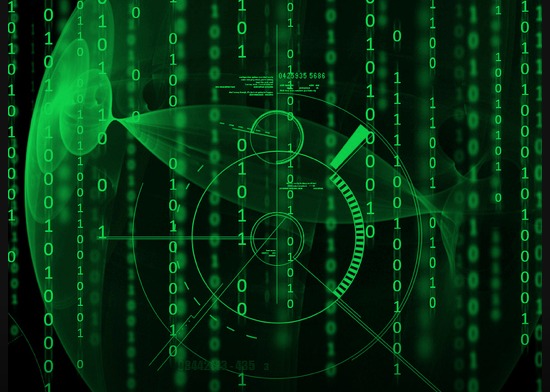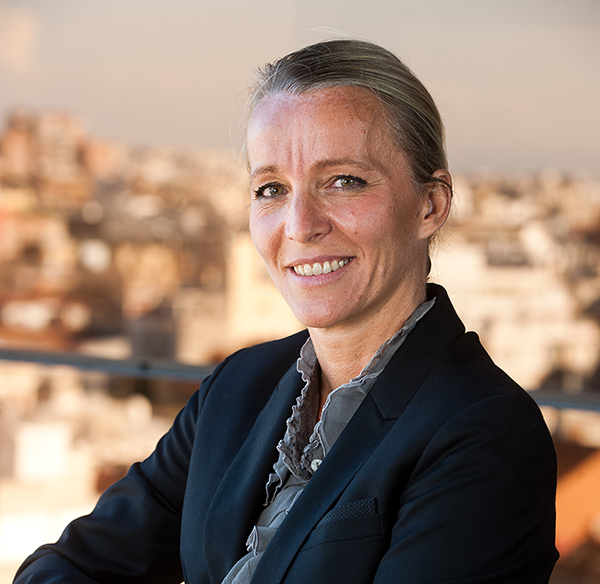The rapid pace of both innovation and obsolescence in technology offers a constant flow of investment opportunities worldwide. Hyper-connectivity, cyber security, smartphones, the “digital wallet” and Big Data are among the major themes three technology analysts from across Natixis Global Asset Management are closely following. They share their insight along with 2015 outlooks for technology in the U.S., Europe and Asia.
Tony Ursillo, CFA, Equity Analyst, Portfolio Manager Loomis, Sayles & Co. explain: “On the consumer technology side, we are intensely focused on the relentless shift to mobile smartphone usage. Apple’s introduction of the iPhone in 2007 marked the beginning of the modern era. In those seven years, smartphones have achieved an installed base of over two billion users globally, with more than one billion new smartphones being sold every year”.
While the early play on mobile was oriented around device sales, including tablets, “we believe the more lucrative opportunity now revolves around expanding usage of smartphones by that already installed base. We are focused on companies that offer compelling applications or solutions that can be adopted by that base”, says Ursillo.
Expanding the social network
“Within the corporate or enterprise end market, we see two powerful trends that are far outpacing the trend line of about 3% growth in information technology (IT) spending”, tells the portfolio manager. The first is the shift of IT resources to “the cloud.” The cloud can simply be thought of as a hyperscale data center environment managed by an IT vendor who acts as a servicer, providing access to resources that historically would have been implemented and managed on premise by the enterprise itself.
The second powerful enterprise trend, continues Ursillo, is the heightened concern around securing enterprise data. High profile credit card breaches at retailers such as Target, Home Depot, and Neiman Marcus, as well as online sites like eBay, have put the spotlight on how vulnerable the payment information and other personal data of tens of millions of U.S. consumers are to an increasingly sophisticated hacker community. And that has made security breaches not just a network risk, but a business risk.
Is the “digital wallet” here to stay?
It´s no surprise that many companies are positioning themselves to gain a foothold in the online and mobile payments space. Giants like Apple, Amazon, Google and PayPal already have brand-name recognition and can leverage hundreds of millions of existing customer accounts with attached credit card or bank account information. “We maintain our belief, however, that the vast majority of these transactions will continue to traverse the existing financial network infrastructure, largely controlled by Visa and MasterCard”.
Meanwhile, Hervé Samour Cachian, Head of Value & Opportunities – European Equities says that Natixis Asset Management technology focus today is on everything that is related to Hyperconnectivity – the use of multiple communication systems and devices that allow us to remain constantly connected to networks and streams of information. This includes trends like Internet of Things, Big Data analytics, digital commerce & payment and social media. There are numerous applications, including driverless car technology, Google GlassTM and contactless payment systems that could be game-changers in the future.
“Emergence of the digital economy is the main theme in technology for us. Digitalization is a tremendously disruptive force in society and it knows no boundaries. Companies that fail to amend and to adapt their business model accordingly could be at risk, while companies that are preparing for this new paradigm can be offered multiple opportunities to reap the benefits”, explains.
“We are finding a few European tech companies connected to digital payment solutions that appear attractively valued today. For example, Paris-based Ingenico, which is a global leader in seamless payment solutions for mobile, online and in-store channels, combines three key drivers in our view: structural growth, market share gain and expansion up the value chain. We believe it could benefit long-term from the adoption of chip cards in the U.S. and the emergence of mobile payments. Another area of growing interest interconnected to it all is digital security. Within this space, European firms such as Gemalto are leading providers of innovative digital security solutions globally”, affirms Cachian.
Outlook for European technology
Despite a gloomy macroeconomic picture for Europe and other parts of the world, Natixis GAM have a positive outlook for the technology sector in 2015. Search for growth could lead investors to increase their exposure to the tech-related stocks and especially the ones that either sell or create cutting-edge products. “We believe that Internet of Things is the area of technology that could offer the most promising opportunities in 2015 – driven by gadgets and the widespread adoption of wearable technology.”
Ng Kong Chiat, Equity Analyst, Portfolio Manager of Absolute Asia Asset Management conclude that 2014 extended the strong growth pattern for the technology sector seen over the past few years. Asia-ex-Japan technology stocks were driven by the launch of Apple’s iPhone 6 and iPhone 6 Plus in September. They were also boosted by the expiry of Microsoft’s support for Win XP earlier in the year – which gave rise to and supported a corporate PC replacement cycle. Further penetration of smartphones into the emerging markets and the moderate economic recovery in the developed markets, which prompted more corporate technology spend, also supported growth in the industry this year.
“But these positive factors in 2014 could turn into hurdles for the industry in 2015, as they have created a large base and are beginning to lose momentum. In addition, some of this growth was linked to a one-time event which we may not witness in 2015. Accordingly, we believe there will be less impact from the next version of the iPhone to be released in the New Year, as well as other Apple products. Also, we believe there will be a less robust PC replacement cycle in 2015, slower penetration of smartphones worldwide and more moderate technology capital expenditures by global companies. With such a backdrop, it may be trickier to navigate in the technology space”, argues.


